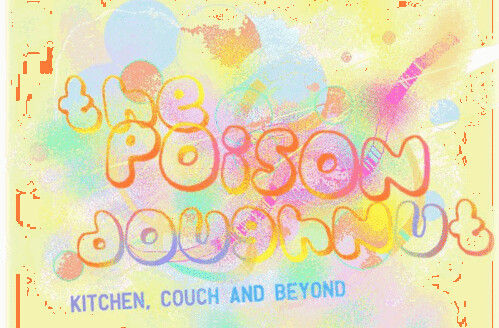Pastis and absinthe
 Part of the family of bitter aniseed liqueurs, like ouzo, raki, arrak, anisette and sambuca, pastis and absinthe are two French alcoholic aperitifs that although similar, have very different backgrounds.
Part of the family of bitter aniseed liqueurs, like ouzo, raki, arrak, anisette and sambuca, pastis and absinthe are two French alcoholic aperitifs that although similar, have very different backgrounds.
"...is an anise-flavored liqueur and apéritif from France, typically containing 40–45% alcohol by volume, although there exist alcohol-free varieties.
Pastis is normally diluted with water before drinking. Generally five volumes of water for one volume of pastis, but often raw pastis is served together with a jug of water for the drinker to blend together according to preference. The resulting
decrease in alcohol percentage changes the liqueur's appearance from dark transparent yellow to milky soft yellow, a phenomenon also present with absinthe. The drink is consumed cold, with ice, and is considered a refreshment for hot days. Ice cubes can be added after the water to avoid crystallization of the anethol in the pastis. However, many pastis drinkers refuse to add ice, preferring to drink the
beverage with cool spring water."
You CAN, if you are a die-hard pastis groupie, or perhaps if you are a
Provencal native with a taste for liqueur and a lot of time on their hands,
try distilling your own pastis. Ingredients are usually alcohol, star anise, both
black and white pepper corns, cardamom, sage, nutmeg, cloves, cinnamon,
licorice and a little sugar. However, creating pastis from scratch is not worth it. To
beef up the potency of your pastis, you can re-ferment it, using a small amount
of ready pastis, more alcohol, more herbs and more sugar. Good luck... here's the recipe.Some, not a lot, of recipes call for pastis. It's used mostly as a light flavouring agent with other flavours present, as its strong taste can overpower at times. BBC Food has Rick Stein's delicious-looking roasted sea bass with a Camargue rice risotto, (you could substitute small salmon or trout here) while About.com (American, but
not too bad) has a selection of recipes including some dessert doughnuts, souffle and crumble.Back to absinthe. Everyone knows the story about how it was banned due to its high wormwood content and therefore extremely hallucinogenic properties... and everyone knows about Kylie Minogue dancing around for about 30 seconds in Moulin Rouge as The Green Fairy, a product of Ewan McGregor's absinthe overload.
"Absinthe is typically green (either naturally or with added color) and is often referred to as la Fée Verte ('The Green Fairy'). Because of its high proof and concentration of oils, absintheurs (absinthe drinkers) typically add three to five parts ice-cold water to a dose of absinthe; often the water is used to dissolve added sugar to add sweetness. The resulting cloudy drink is called a louche. This procedure is considered an important part of the experience of drinking absinthe, so much so that it has become ritualized, complete with special slotted absinthe spoons and other accoutrements. Absinthe's flavor is similar to other anise-flavored drinks, with a light bitterness and added complexity imparted by multiple herbs.
Absinthe originated in Switzerland as an elixir/tincture, used in a similar capacity as patent medicines would be used later in the United States. However, it is better known for its popularity in late 19th and early 20th century France, particularly among Parisian artists and writers whose romantic associations with the drink still linger in popular culture.At the height of this popularity, absinthe was portrayed as a dangerously addictive, psychoactive drug; the chemical thujone was blamed for most of its deleterious effects. By 1915, it was banned in a number of European countries and the United States. Even though it was vilified, no evidence shows it to be any more dangerous or psychoactive than ordinary alcohol. A modern absinthe revival began in the 1990s, as countries in the European Union began to reauthorize its manufacture and sale."
Pastis is more your calm, sunny, hot-day-on-the-coast aniseed-based aperitif: Absinthe is for late and smoky Parisian nights, made with herbs and ex-hallucinogens and getting that "wow, I can see my hands" feeling.Most excellently, there is now an import available for sale in Australia called Absente, a stylistic and playful version of the real thing to be enjoyed by all us responsible absinthe fans. Good bottle shops in Brisbane stock it, although it can be on the expensive side of $50. Check out the appropriately-blurred and seeing-double image of Van Gogh on the carton. Inside is also a real absinthe spoon, for the full experience. Get your mates round for a Moulin Rouge party! (Buy sugar cubes first).
Pastis brands available here in Brisbane: mainly Pernod/Ricard. You might find somewhere a bottle of Pastis 51, the real and original and only pastis drunk by locals in Provence. It's fantastic.









1 comment:
Long time lurker, thought I would say hello! I really dont post much but thanks for the good times I have here. Love this place..
Post a Comment